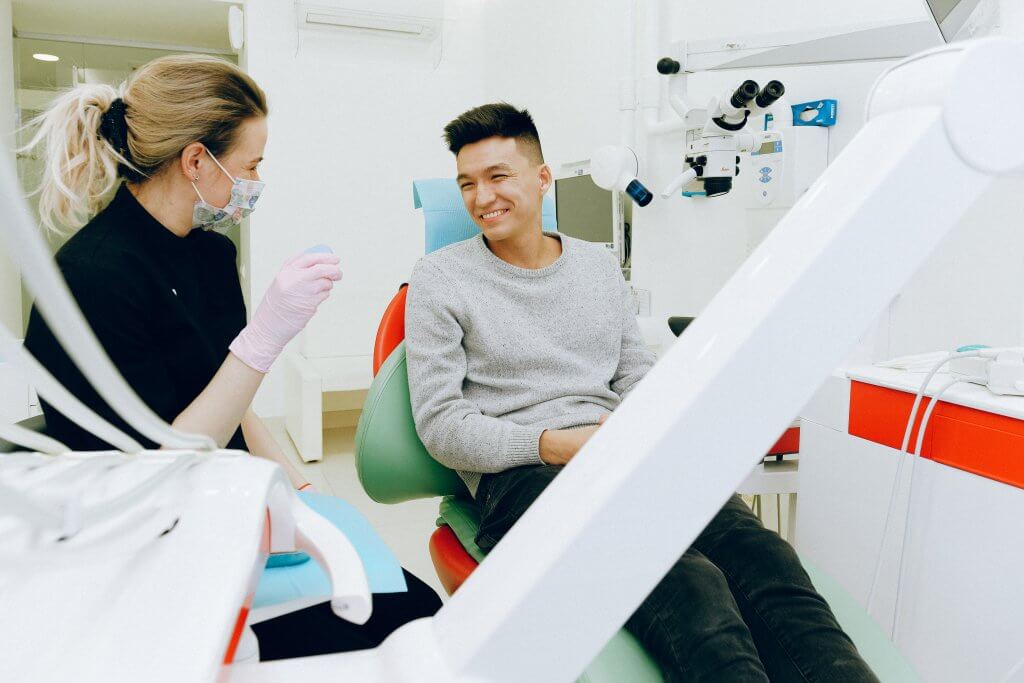Designing patient-centred healthcare

How can we improve our provision to better meet patient needs?
Following the COVID-19 pandemic, issues including staff shortages and inflation have made operating within the healthcare marketplace more challenging than ever. With the cost of US healthcare on the rise, it’s vitally important that patients feel that their needs are being met.
In partnership with Experience Point, we worked with a healthcare organisation in the U.S which was looking to become more patient-centric in its decision making.
By developing a clear understanding of what’s currently working for patients, and what could be better, the organisation aims to provide more patient-focused care.
What we did
We started by looking at two areas of provision – primary care and breast care, running two concurrent sprints on Sprintbase.
Using design thinking, we mapped and explored every step of patients’ journeys, and then developed ideas for ways to improve patient experience.
We spoke to a range of extreme users to build an understanding of what was working and areas for potential improvement. This included: patients who had been registered with the organisation a short time, and longer-term customers, people currently undergoing chemotherapy, and people who have recently had a breast cancer diagnosis. We worked closely with the team to support them through inevitably sensitive discussions with patients.
Based on what we heard during these conversations, we worked together to identify insights around the biggest pain points.
There was a range of areas with real potential for positive change. In primary care these included: waiting times, billing, interactions with reception staff, and how patients access their medication. In breast care issues included: how and when people find out their test results, waiting times for treatment, and opportunities to ask questions following a cancer diagnosis.

There was also a lot of positive feedback. People shared how much they admire clinicians, and how much they appreciate the professionals who guide them through their experiences of cancer care.
Following this empathy gathering exercise, we ran virtual workshops to brainstorm ideas for how this healthcare organisation could better meet patient needs.
“This made me realise that before we did this work, I would sometimes get input to justify my ideas. But you have to divorce yourself from the solution. The solution is going to be what the people you’re working for want it to be, not what you want it to be.” – Client project lead
To further the organisation’s understanding of design thinking, we also brought together a group of 50 people – including senior stakeholders and decision makers – for a two-day in-person workshop in New York. These highly interactive and engaging sessions gave people an opportunity to speak directly with patients about their experiences, and better understand what more patient-focused care could potentially look like.
“Having patients take part in the workshop was really good. Speaking to patients about their experience had a real impact on people. We tried to convey people’s experiences through the journey map, but it’s not the same as hearing directly how frightened somebody was to be told that they had cancer, or how they felt when they heard the news on their own at work. That really resonated with people. It was also good to show that it’s not so intimidating to talk to someone and ask them what they think.” – Client project lead
This organisation is continuing to iterate the ideas developed during these projects.
Similar stories
British Council: Equipping future leaders
How can we connect more deeply with the people we serve? Future Leaders Connect is a global network for emerging policy leaders sponsored by the British Council. Each year, 10,000+ candidates apply for one of […]
Read moreAccenture: Amplifying innovation impact
We were delighted to work with global consulting firm Accenture to help one of its innovation teams – The Accenture Canada Innovation Hub – amplify its impact. The Innovation Impact: Skills Assessment is an easy […]
Read moreTate & Lyle: Leadership skills workshop
How can we help our leaders become more creative problem solvers? Global food and drink supplier Tate & Lyle came to us during a period of transformation. Following the spin out of its sugar and […]
Read more